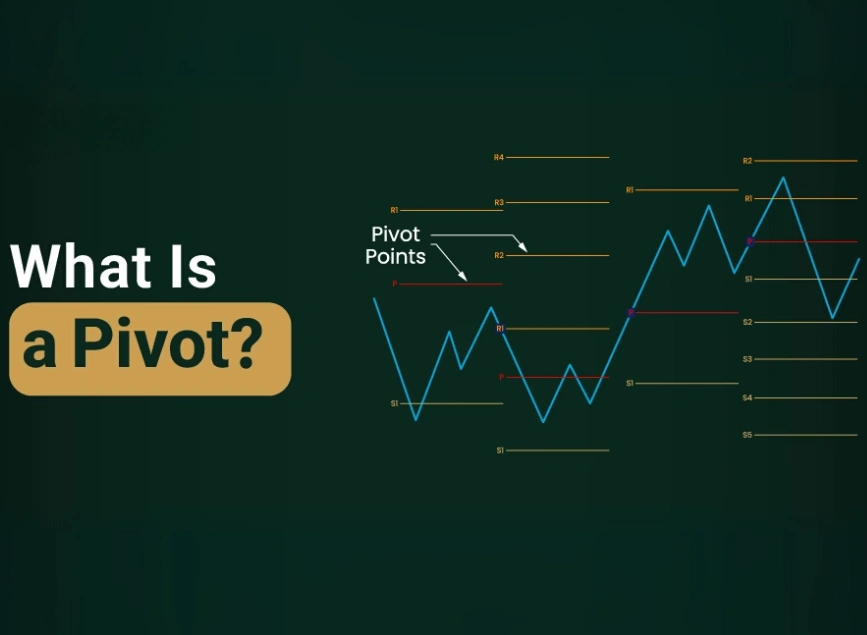
Pivot Points Explained: The Trader’s Secret Weapon in Forex & Crypto
Estimated reading time: 4 minutes
Table of contents
Ever felt lost in the market, not knowing where the price might turn?
That’s where Pivot Points come in, one of the most reliable tools traders use to spot potential support and resistance levels. Whether you trade Forex, cryptocurrencies, or commodities, understanding Pivot Points can help you anticipate price action and make smarter entry and exit decisions.
In this guide, we’ll break down what a Pivot is, why it matters, and how you can use it to trade like a pro.
What is a Pivot?
In trading, a Pivot is a calculated price level that acts as a reference point for potential market direction. Think of it as the center of gravity for the price in a given time frame.
Traders calculate Pivot Points based on the previous period’s high, low, and closing prices. From this, they also derive support (S1, S2, S3) and resistance (R1, R2, R3) levels.
💡 Example:
If yesterday’s high was $1.2000, low was $1.1900, and close was $1.1950, today’s Pivot Point can help you predict where the price might reverse or break out.

📉How Pivot Points Are Calculated
While many trading platforms calculate Pivot Points automatically, it’s good to know the formula:
Pivot Point (P) = (High + Low + Close) ÷ 3
From this, support and resistance levels are calculated as:
| Level | Formula |
|---|---|
| R1 | (2 × P) – Low |
| S1 | (2 × P) – High |
| R2 | P + (High – Low) |
| S2 | P – (High – Low) |
| R3 | High + 2 × (P – Low) |
| S3 | Low – 2 × (High – P) |
Why Pivot Points Matter in Forex & Crypto Trading
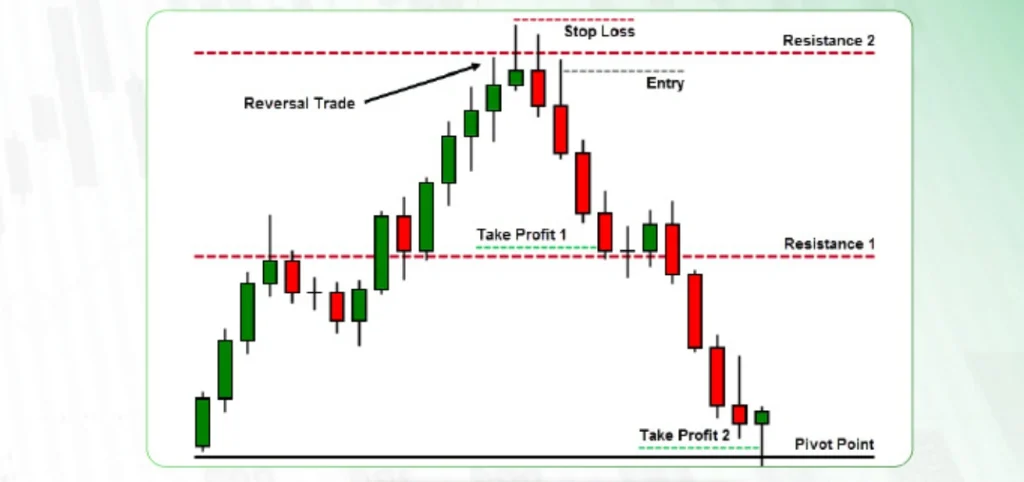
1. Predicting Market Reversals
Pivot Points act as psychological price levels where traders expect the market to pause or reverse.
2. Identifying Entry & Exit Points
- Above Pivot Point: Bullish sentiment, consider long trades.
- Below Pivot Point: Bearish sentiment, consider short trades.
3. Works Across Timeframes & Assets
Whether you trade Bitcoin, EUR/USD, or gold, Pivot Points adapt to your chart timeframe — from 5-minute scalping to daily swing trading.
📈Using Pivot Points in Crypto vs. Forex
| Feature | Crypto Markets | Forex Markets |
|---|---|---|
| Volatility | Higher swings; more breakouts | More stable trends |
| Liquidity | Varies by coin | High liquidity (major pairs) |
| Time Sensitivity | 24/7 trading; no market close | Defined sessions (London, NY) |
| Effectiveness | Works well but watch for news | Highly reliable in technical setups |
💡 Tip: In crypto, combine Pivot Points with volume analysis to filter false signals.
Pro Tips for Using Pivot Points Effectively

- Combine with Other Indicators
Use RSI, MACD, or moving averages for confirmation. - Watch for Breakouts
A strong move beyond R2 or S2 often signals trend continuation. - Mind the News
Economic events can invalidate Pivot levels in seconds.
Read More: How AI is Revolutionizing Stock Trading & Picking
Common Mistakes to Avoid
- Trading every bounce without confirmation.
- Ignoring market sentiment and fundamentals.
- Overloading charts with too many indicators.
❓FAQ: Pivot Points in Trading
1: Are Pivot Points better for day trading or swing trading?
Pivot Points are most popular among day traders but can be adapted for swing trades using higher timeframes.
2: Can Pivot Points be used alone?
They’re powerful, but best combined with other indicators for higher accuracy.
3: Do they work in volatile crypto markets?
Yes, but expect more false breakouts, so risk management is crucial.
🏁 Conclusion
Pivot Points are like a trader’s compass, they won’t guarantee success, but they can guide you to better timing and more informed decisions. Whether you’re in the Forex market or crypto space, mastering this tool can be a game-changer for your strategy.
💬 Have you used Pivot Points before? Share your experiences in the comments below and if you found this helpful, pass it along to another trader who could use the edge!
Share
Hot topics

Using MetaTrader for Cryptocurrency Trading
Cryptocurrency trading has gone from a niche hobby to a major trend in online investing. For beginners, navigating digital assets can be challenging, with unfamiliar terms, rapid price changes, and...
Read more
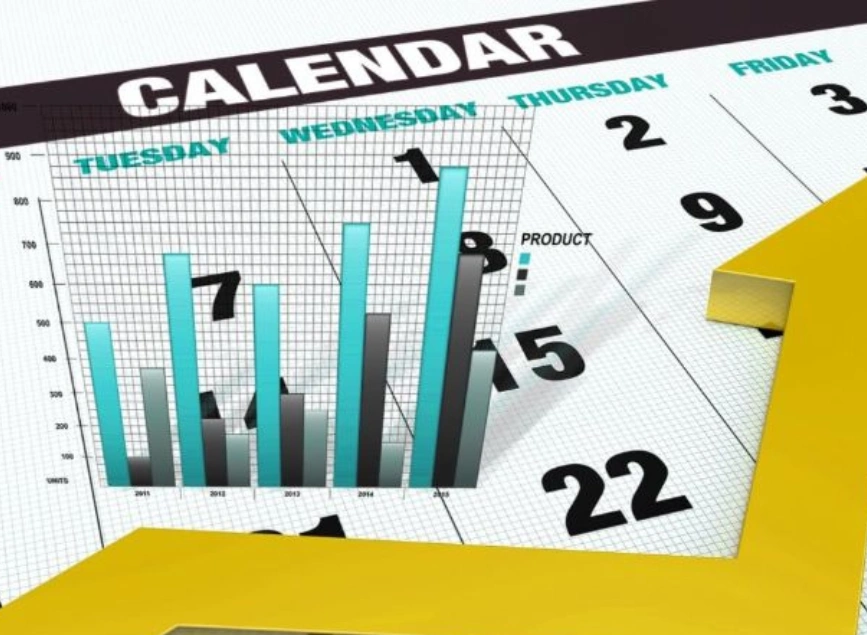
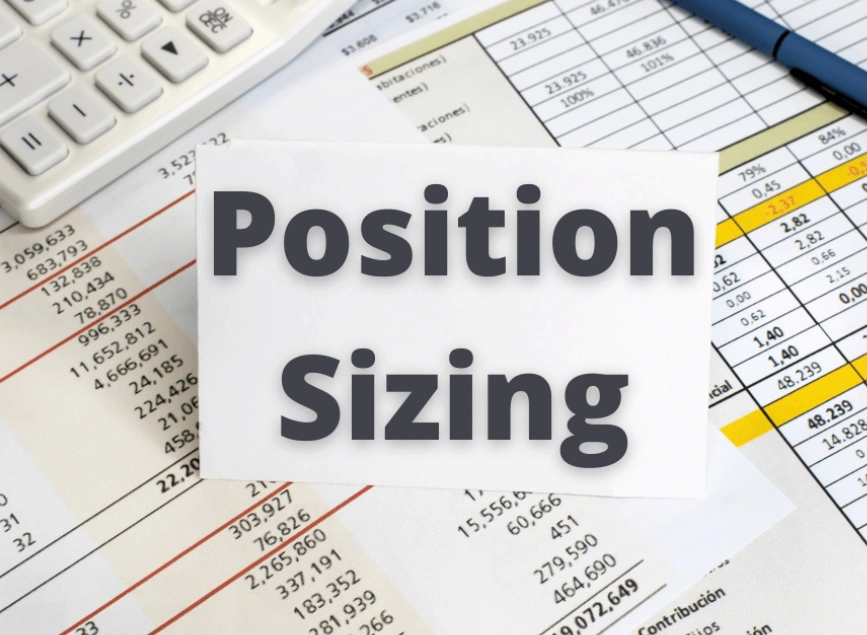

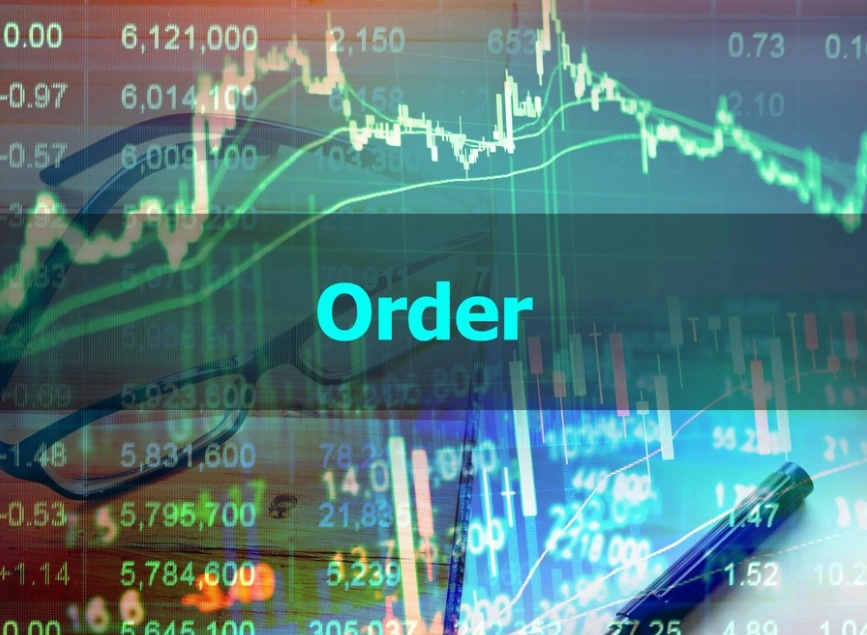
Submit comment
Your email address will not be published. Required fields are marked *